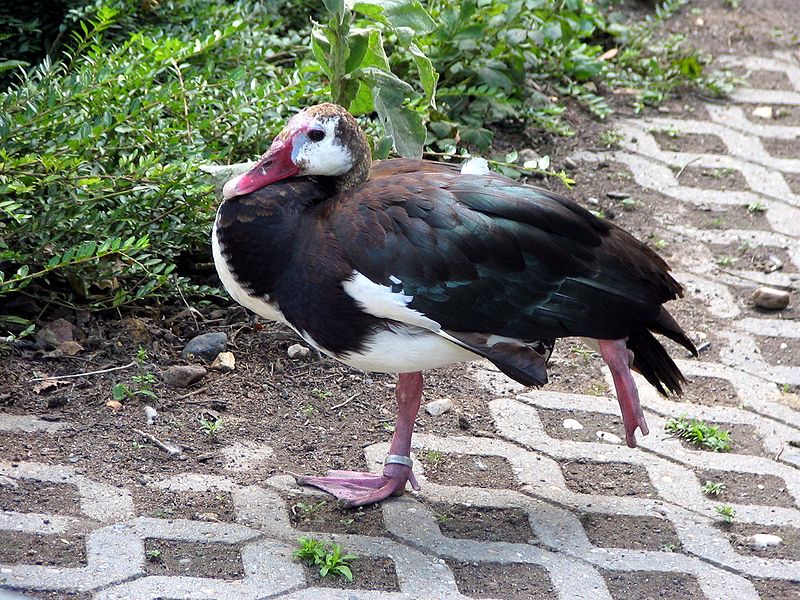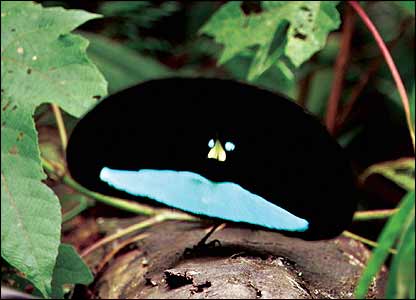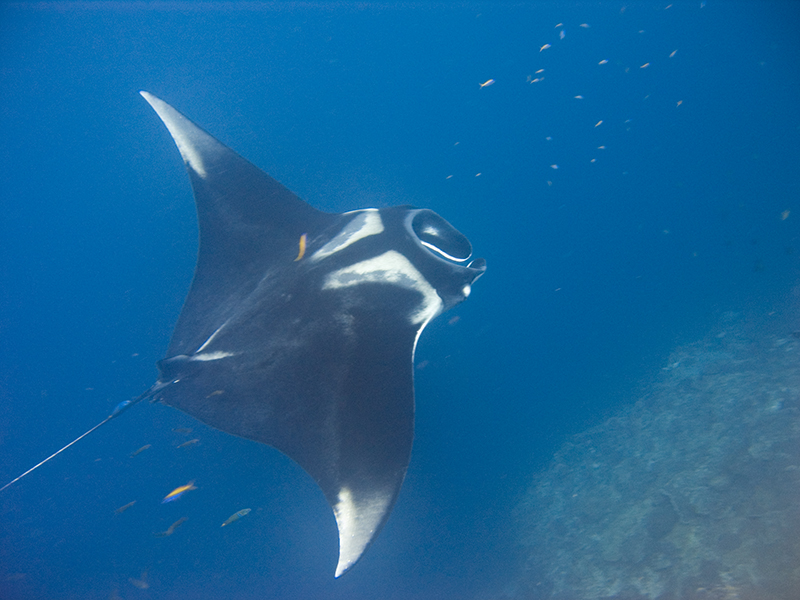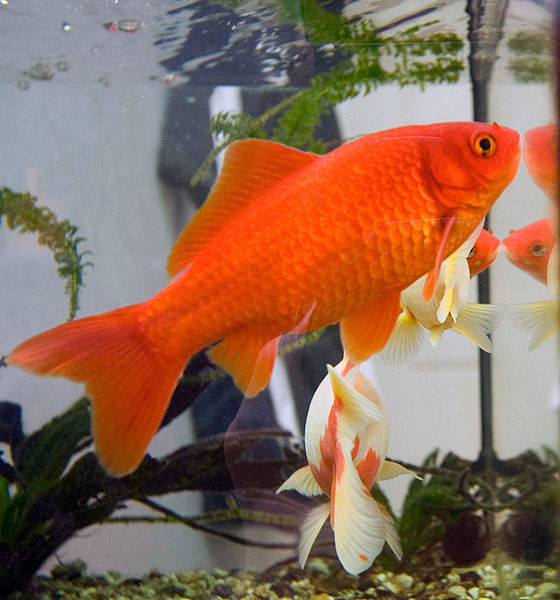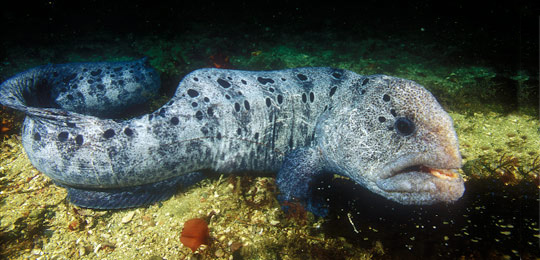
Did You Know?
- The Wolf Eel may look like an Eel but they are actually part of the Wolffish family (meaning they are not actually eels)
- Although large and hideous, this particular fish is typically quite friendly and curious in nature
- If a Wolf Eel does become irritated (or threatened) they will deliver a nasty, painful bite
What a Face!
Let’s face it, the Wolf Eel is not the most attractive fish in the sea. Actually, they have a face that only their mother could love (and I am not sure if she even loves them). So what is up with the odd appearance of today’s featured animal? To be honest, their appearance isn’t that bizarre…if you are accustomed to watching late night Sci-Fi movies. They have a large, powerful jaw which gives them a very dangerous appearance and if you were smart, you would keep your fingers away from this incredibly strong jaw. Once you get past the head, the alien-like features continue as their body stretches on and on….and on! Their muscular tail can stretch as far as 2.4 metres (8 feet) behind their head, which would really creep you out if they happen to swim by you. These fish are known to tuck all 8 feet of their tail into crevices and caves, while they wait patiently for a nice snack to saunter by.
What Does a Wolf Eel Eat
Sure when you first look at them, you might think these vicious-looking creatures feed on small children but alas, this is not the case. Instead they have a penchant for crunchy snacks such as sea urchins, shellfish and of course crabs. They will patiently sit in their crevice waiting for an unsuspecting crustacean to wander by before lunging (I am using this word loosely as the Wolf Eel is a very slow moving animal) out and putting their powerful jaws to good use.
Population Status of the Wolf Eel
Although the population is relatively stable and for the most part they are not targeted by fishermen, however, they tend to get caught in crab trap and longlines, which can cause problems over the long term. An even bigger problem for the Wolf Eel (and other animals) is the destruction of their habitat as a result of pollution and the use of rockhopper trawls (fishing gear) that destroy the rocky shores that this fish calls home.


